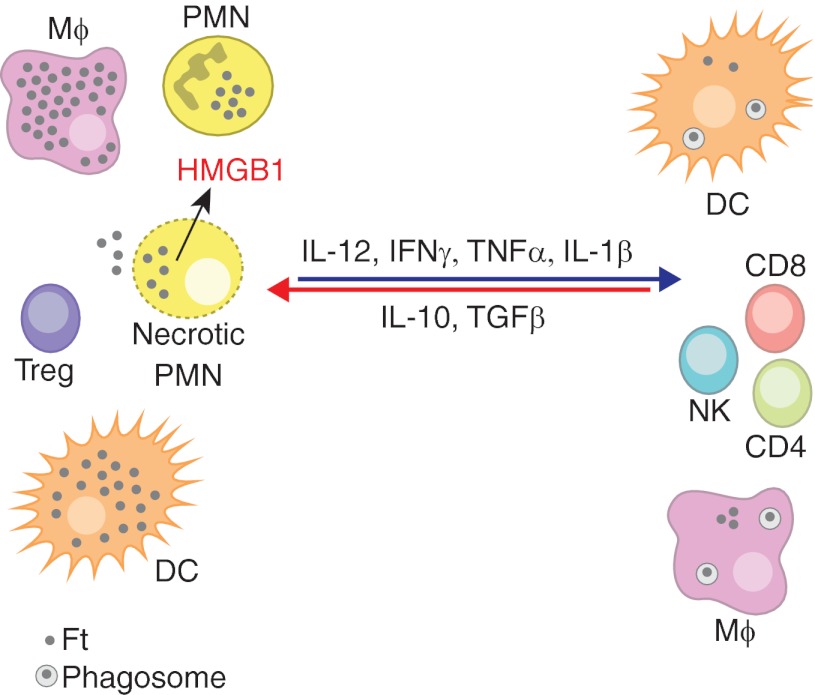Figure 1. Protective and detrimental responses to F. tularensis.
The opposing effects of pro- and anti-inflammatory cytokines on the nature of the inflammatory infiltrate and bacterial growth in the cytosol of macrophages (Mϕ), DCs, and PMNs are shown. High levels of IL-12, IFN-γ, and other proinflammatory cytokines control F. tularensis (Ft) replication in macrophages and DCs at the level of phagosome escape and replication in the cytosol. F. tularensis grows less well in neutrophils, but delayed apoptosis of these cells favors their progression to secondary necrosis. Release of toxic cell contents and alarmins, including high-mobility group box 1 (HMGB1), from dying PMNs amplifies tissue destruction. Treg, Regulatory T cell.

